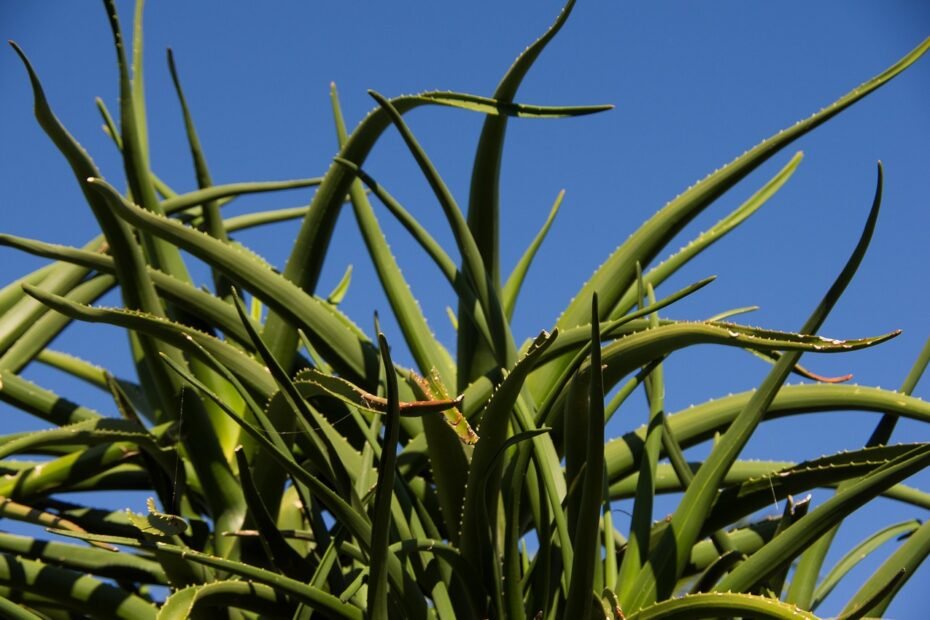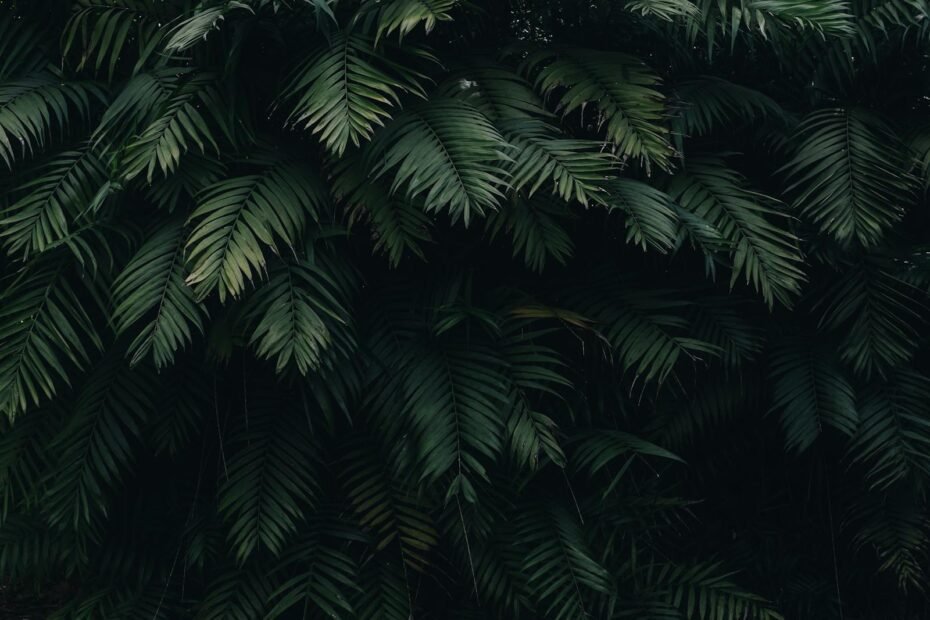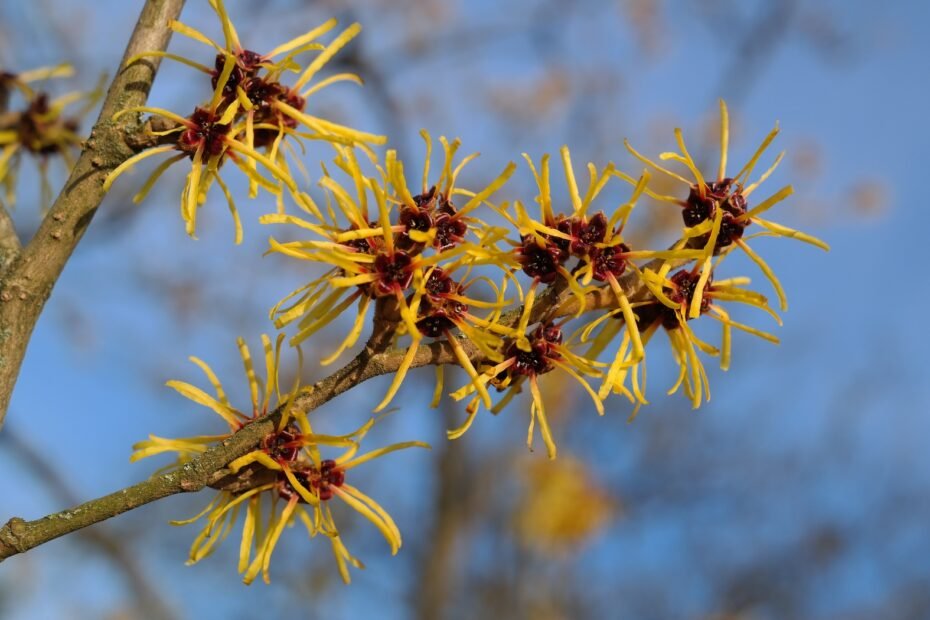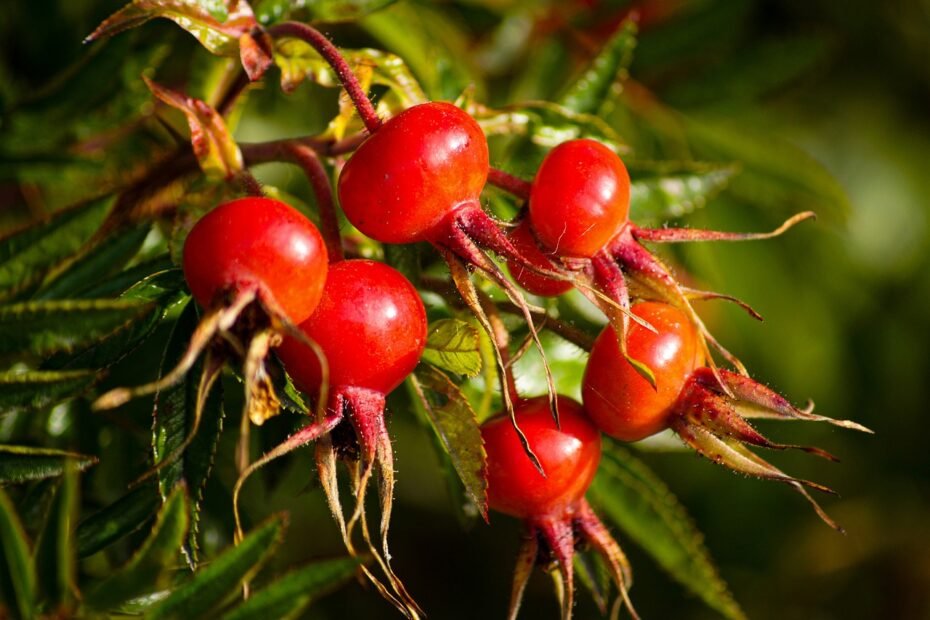Aloe vera is a popular houseplant known for its hardy nature and numerous benefits. Originating from the Arabian Peninsula, this succulent thrives in hot, arid conditions. It has spread to various parts of the world, and many homes now boast this fantastic plant either for its aesthetic appeal or its healing properties. But a common question arises among new plant parents: Do aloe vera plants need direct sunlight?
The Sunlight Needs of Aloe Vera Plants
Like many succulents, aloe vera plants are adapted to environments where they receive ample sunlight. In the wild, aloe vera grows under the full sun, soaking up bright, unfiltered light for most of the day. However, does this mean your indoor aloe vera plant should receive direct sunlight?
Direct vs. Indirect Sunlight
First, it’s essential to distinguish between direct and indirect sunlight. Direct sunlight means the plant is exposed to unfiltered sunlight, without any barriers. Indirect sunlight, on the other hand, is sunlight that reaches the plant after being diffused or filtered through a medium, like a curtain, a window, or trees.
Too Much of a Good Thing?
Aloe vera plants love sunlight, but can there be too much of a good thing? While these plants thrive in sunny conditions, placing an indoor aloe vera plant in a spot with direct sunlight, especially a south or west-facing window, can cause problems. Prolonged exposure to direct sunlight can scorch the leaves, causing them to turn brown or red and become crispy.
Ideal Sunlight Conditions for Aloe Vera
Aloe vera plants do best in bright, indirect sunlight. They enjoy a good amount of light, but it doesn’t have to be direct. Placing your aloe vera near a sunny window where it will receive indirect light can mimic its natural environment. If you live in a particularly hot climate, a little afternoon shade can protect the plant from intense sunlight.
If your home doesn’t have a spot with enough indirect sunlight, a grow light can be considered. Grow lights can help ensure your aloe vera gets the light it needs without risking burn damage from direct sun.
Signs Your Aloe Vera Needs More Sunlight
Aloe vera plants are quite communicative through their leaves. If your plant isn’t getting enough light, it will try to stretch towards the closest light source, resulting in long, leggy, or sparse growth. The leaves might also become pale and soft. Moving the plant to a brighter spot with indirect sunlight can help it recover and regain its robust appearance.
Overwintering Aloe Vera
During the colder months, the amount of natural sunlight decreases, especially in regions far from the equator. For indoor aloe vera plants, this means they might not receive sufficient light. If moving the plant to a brighter spot isn’t an option, supplementary lighting with a grow light can help ensure the aloe vera continues to thrive.
In areas where winters are particularly harsh, it’s advisable to shift the plant slightly away from window sills to avoid cold drafts at night and harsh sun rays during the day. This protects the plant from potential damage while ensuring it receives adequate light.
Aloe Vera Outdoors
If you live in a suitable climate, you might choose to keep your aloe vera plant outdoors. While direct sunlight outdoors is less likely to harm the plant compared to indoor direct light, ensuring the plant isn’t exposed to extreme or fluctuating conditions is crucial. Gradually acclimatize the plant to avoid shock.
Conclusion: Finding Balance
Understanding the balance between direct and indirect sunlight is key to maintaining a healthy aloe vera plant. While aloe vera loves light, too much direct sunlight can lead to damage. Aim for bright, indirect light, and watch your plant for signs it needs more or less sunlight. With the right conditions, your aloe vera plant can thrive and continue to be a vibrant, beneficial part of your home.
Sources
- The Spruce: Growing Aloe Vera
- The Old Farmer’s Almanac: Aloe Vera
- Gardening Know How: Aloe Vera Light Requirements






